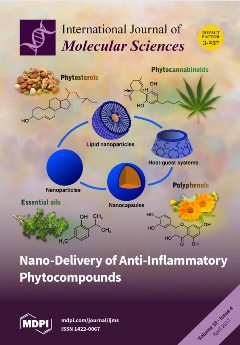The sugar beet monosomic addition line M14 is a unique germplasm that contains genetic materials from
Beta vulgaris L. and
Beta corolliflora Zoss, and shows tolerance to salt stress. Our study focuses on exploring the molecular mechanism of the salt tolerance of the
[...] Read more.
The sugar beet monosomic addition line M14 is a unique germplasm that contains genetic materials from
Beta vulgaris L. and
Beta corolliflora Zoss, and shows tolerance to salt stress. Our study focuses on exploring the molecular mechanism of the salt tolerance of the sugar beet M14. In order to identify differentially expressed genes in M14 under salt stress, a subtractive cDNA library was generated by suppression subtractive hybridization (SSH). A total of 36 unique sequences were identified in the library and their putative functions were analyzed. One of the genes,
S-adenosylmethionine synthetase (
SAMS), is the key enzyme involved in the biosynthesis of
S-adenosylmethionine (SAM), a precursor of polyamines. To determine the potential role of
SAMS in salt tolerance, we isolated
BvM14-SAMS2 from the salt-tolerant sugar beet M14. The expression of
BvM14-SAMS2 in leaves and roots was greatly induced by salt stress. Overexpression of
BvM14-SAMS2 in
Arabidopsis resulted in enhanced salt and H
2O
2 tolerance. Furthermore, we obtained a knock-down T-DNA insertion mutant of
AtSAMS3, which shares the highest homology with
BvM14-SAMS2. Interestingly, the mutant
atsam3 showed sensitivity to salt and H
2O
2 stress. We also found that the antioxidant system and polyamine metabolism play an important role in salt and H
2O
2 tolerance in the
BvM14-SAMS2-overexpressed plants. To our knowledge, the function of the sugar beet SAMS has not been reported before. Our results have provided new insights into SAMS functions in sugar beet.
Full article






